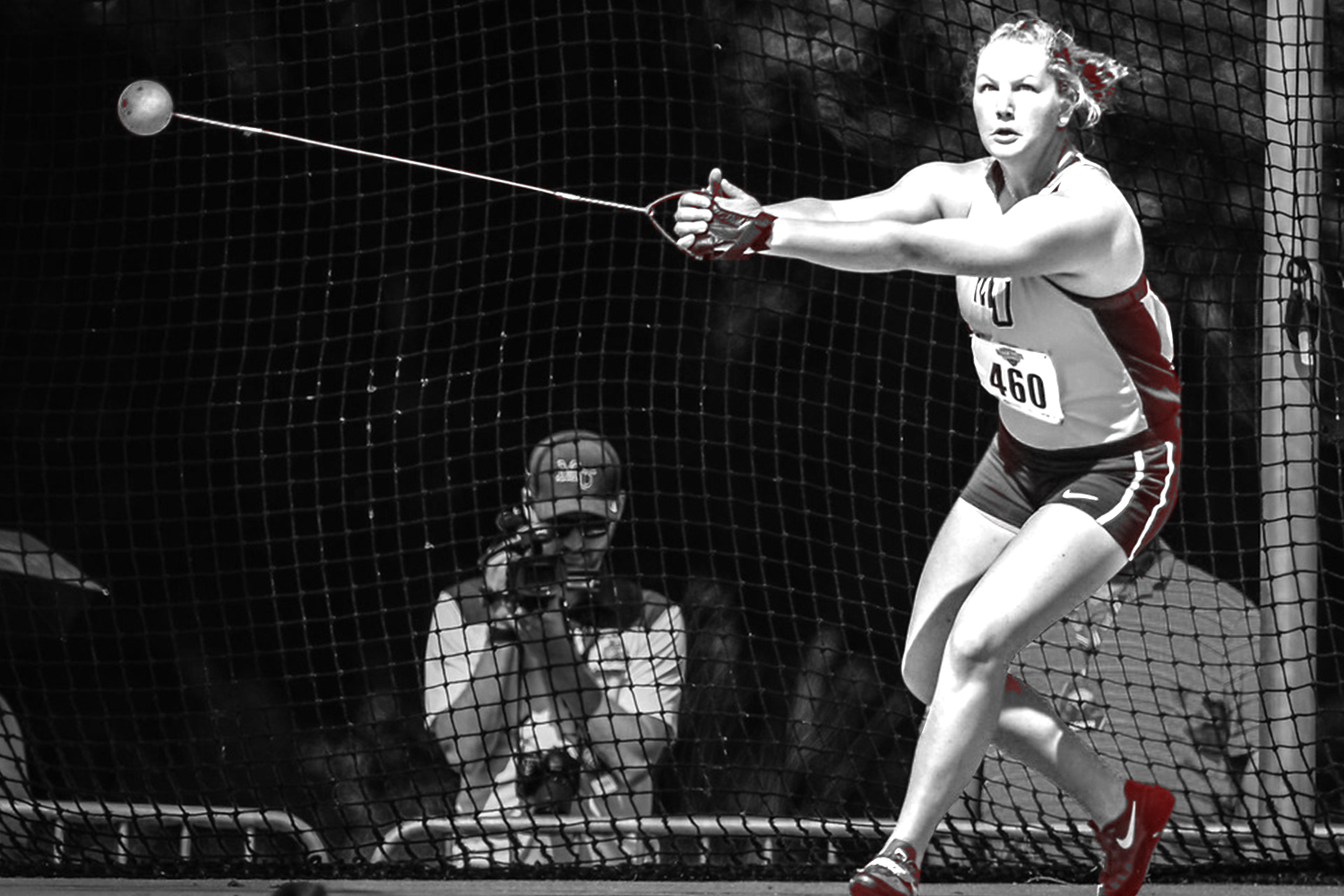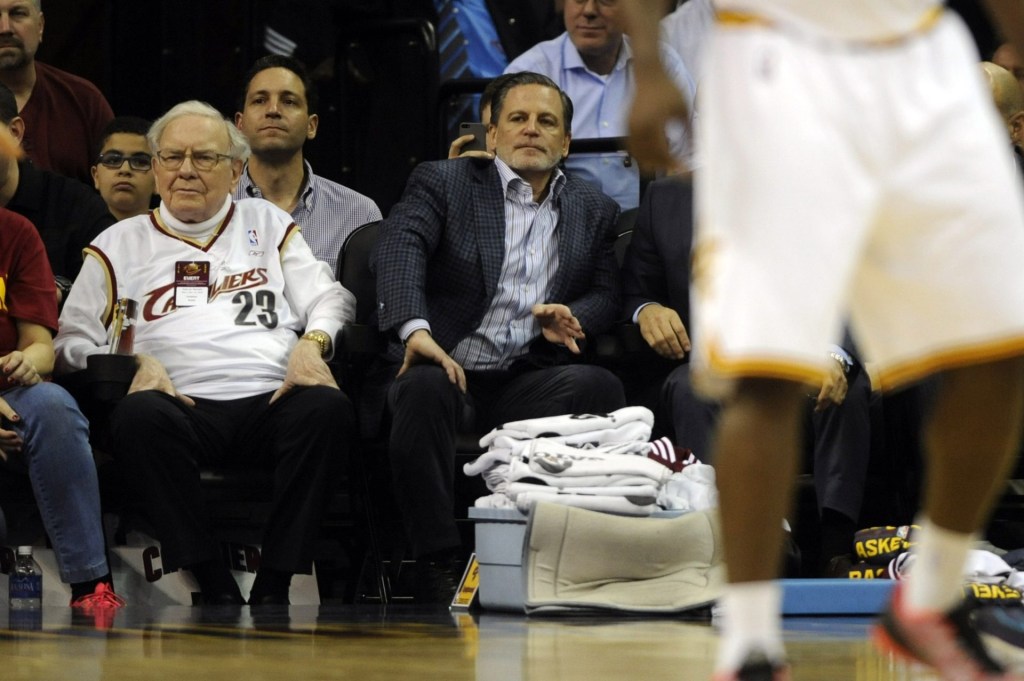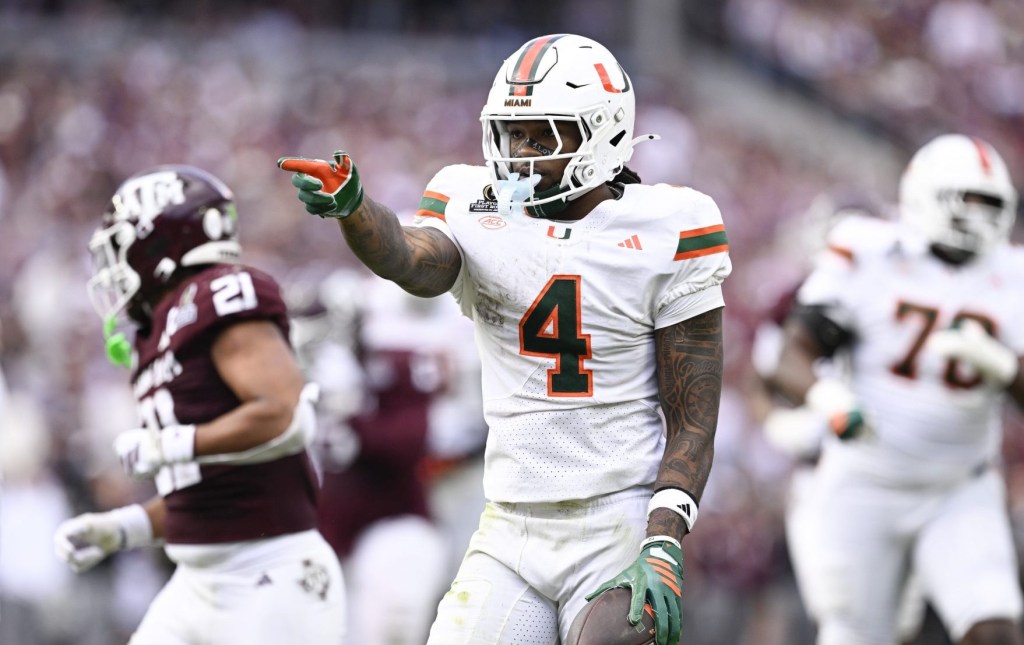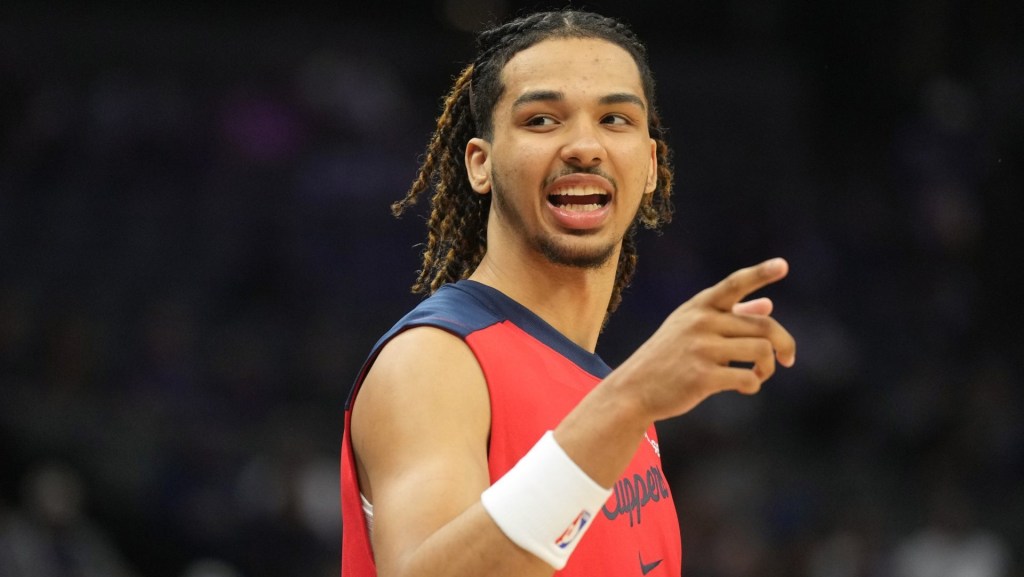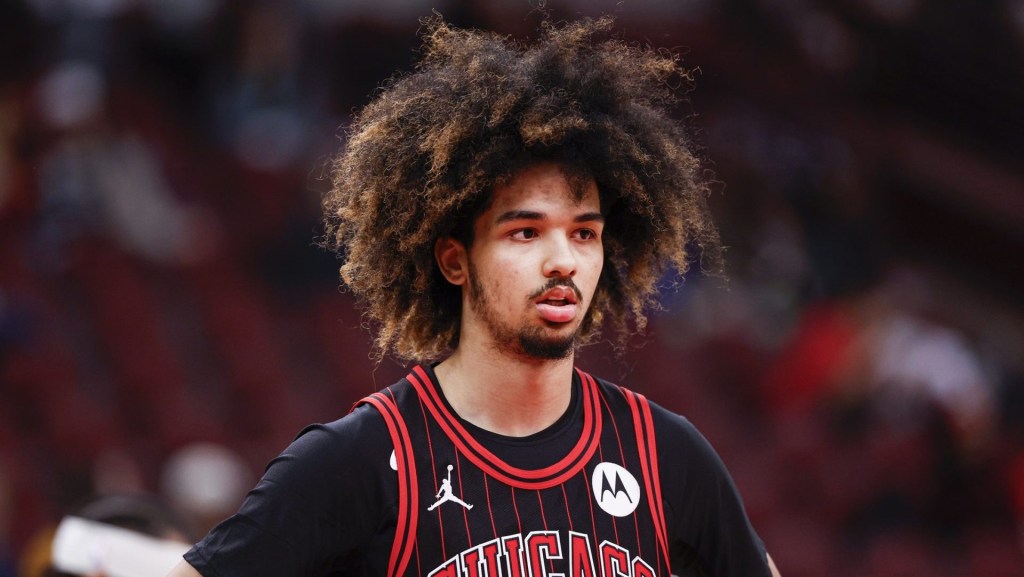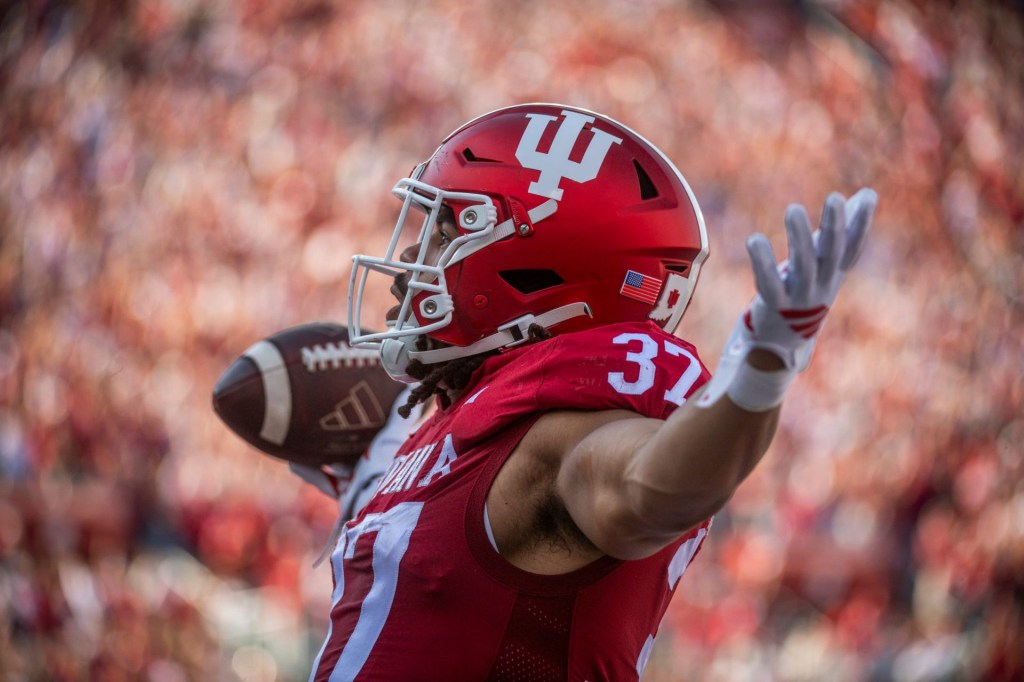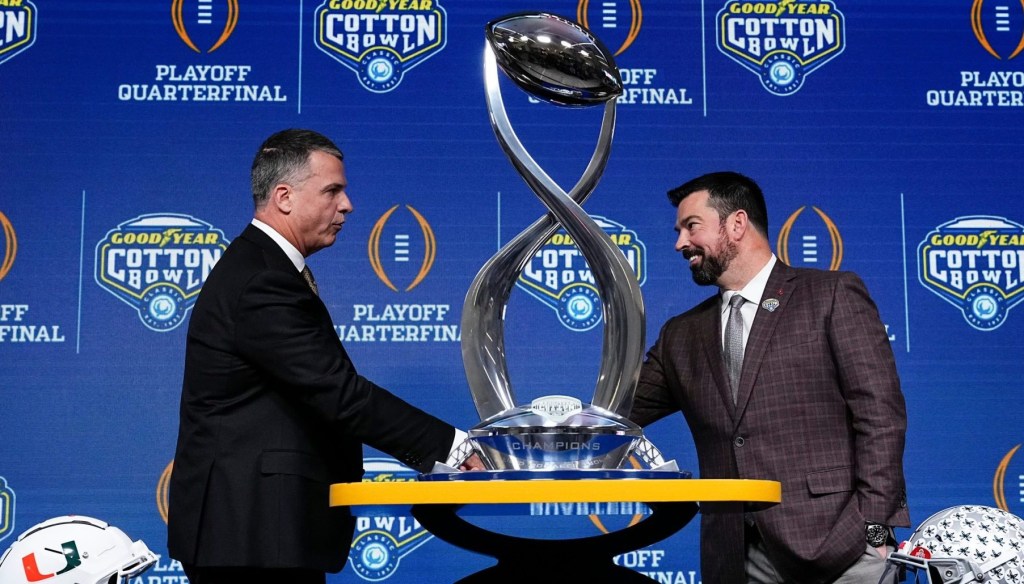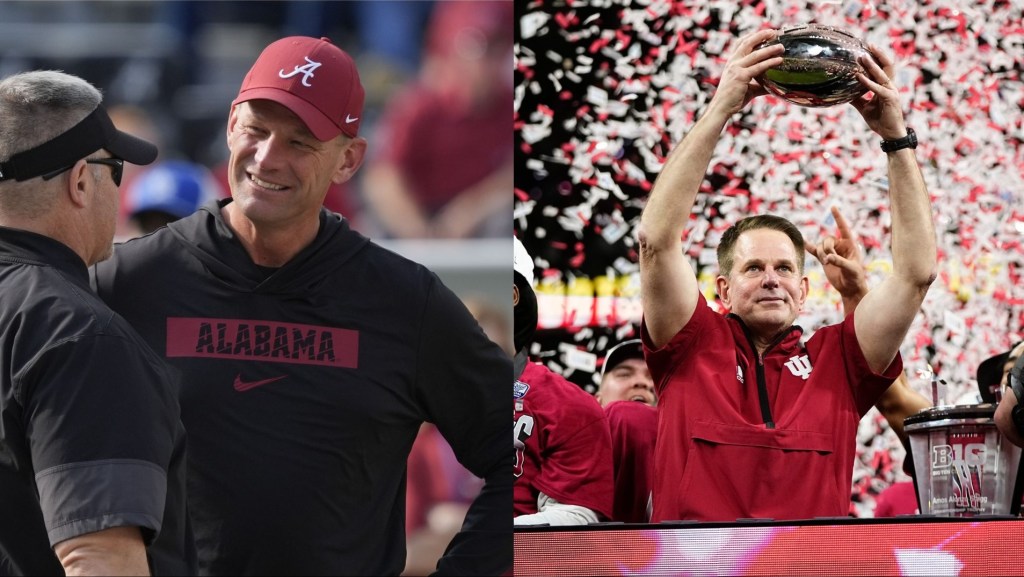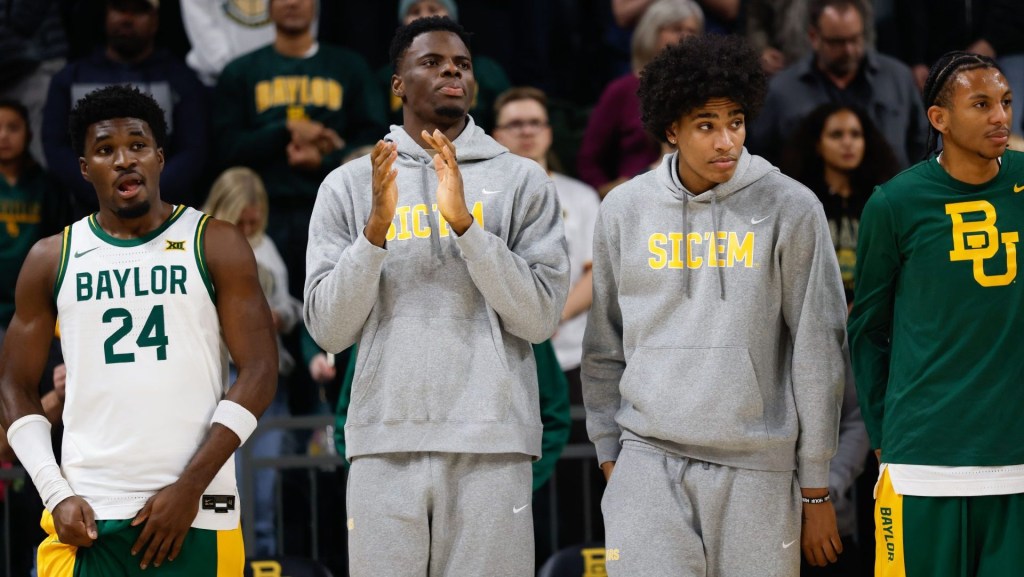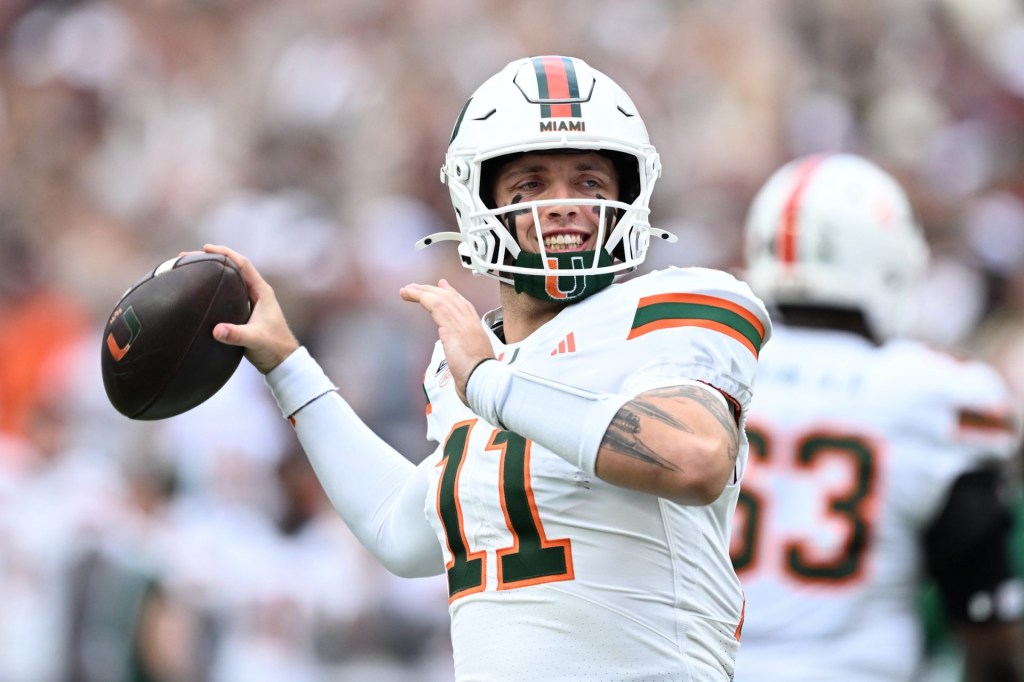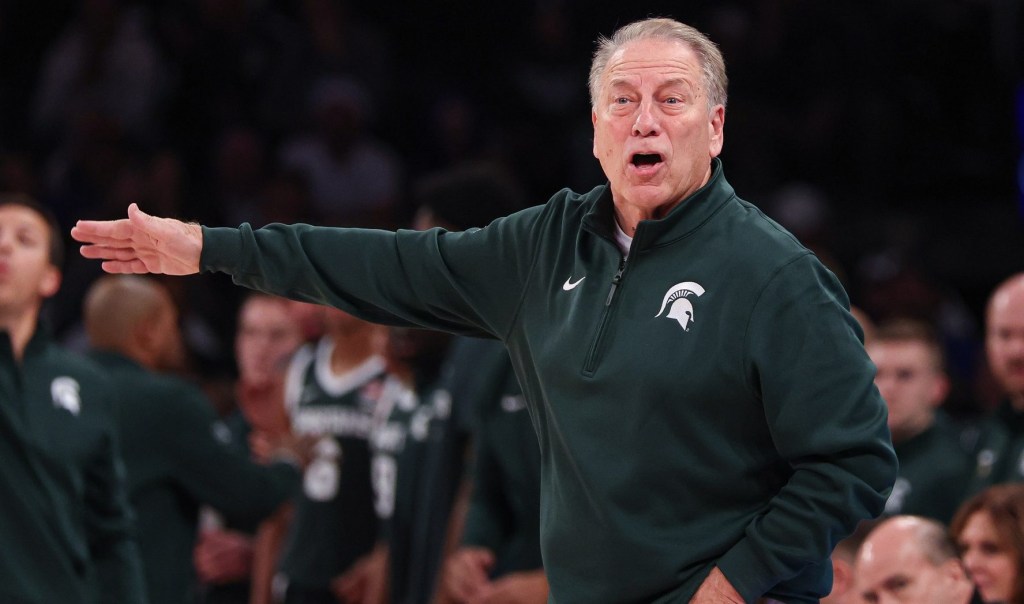After launching NIL rules in perhaps the strangest year in college sports, it appears the program was a success. And it’s also clear that unrestrictive NIL rules can work if done correctly.
What else can the NCAA learn from this?
Looming Competition
High school athletes are even considering forgoing NCAA Division II or III for the NAIA because of its NIL rules, according to emails Mitchell has received.
It signifies just how much making money means to college athletes.
False Fears
With the change in NIL laws, the NCAA’s biggest concern has been preserving amateurism.
The NCAA is terrified that unrestricted NIL would get in the way of athletes going to class and studying — that is, more than sports do already.
Mitchell had two responses to that. First, she noted that NIL endorsement posts are easier and quicker for college athletes to make money than many other jobs.
And second, Mitchell thinks NIL actually educates athletes on an important skill: How to grow their personal brands. She’s seen evidence that athletes are more careful about their behavior while in school now that they can profit off their NIL. They fear that an inappropriate post or broken rule could lose them endorsement opportunities.
“My teammates are now, more than ever, cognizant of their behavior off the court because bad behavior could cost them income potential,” Mitchell said.
Fearmongering
In a Senate hearing last year, Power 5 officials and Republican lawmakers threatened that unrestricted NIL could negatively impact women’s sports.
They implied that revenue used to fund women’s sports — from men’s basketball and football — may decrease with NIL. (The only way that would happen is if athletic departments competed with athletes for the same sponsorship dollars, and athletic departments lost.)
If revenue decreased, officials would then cut women’s sports, they said.
They said this, of course, despite the fact that Title IX requires schools to provide equitable women’s sports opportunities no matter how much money a school makes.
Mitchell, as a women’s sports athlete, disagrees with this fearmongering. “I think that argument is very fallible. … There are more than enough donor dollars to go around.”
And either way, women’s sports athletes are now able to catch the attention of brands and make money — undoubtedly a better position than they were in before.
